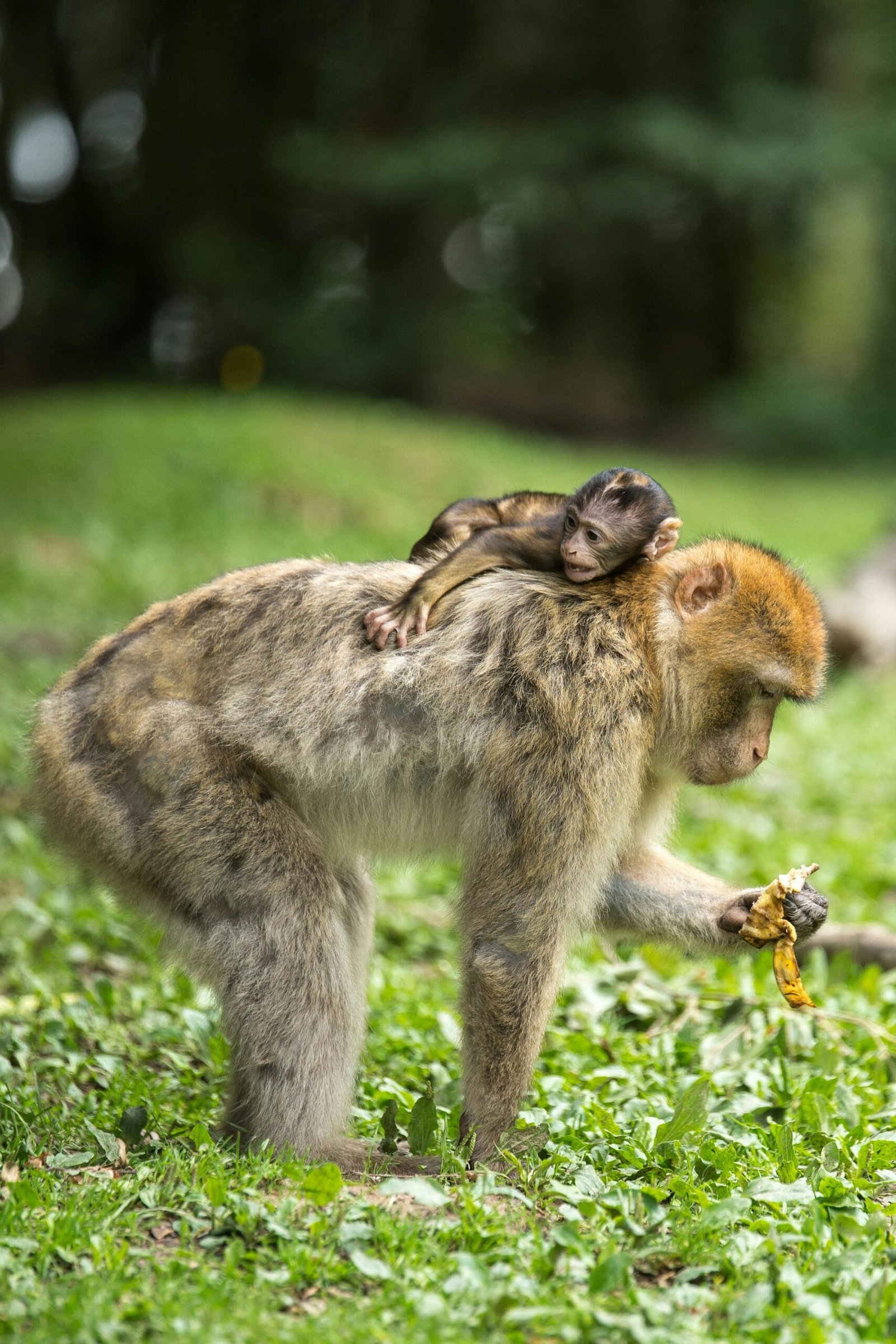Monkeys and gorillas are often thought to be similar due to their shared primate classification, but they are quite distinct in terms of their physical characteristics, behaviors, and habitats. In this article, we’ll explore the fascinating world of these primates, highlighting their differences and unique traits to better understand each species’ place in the animal kingdom. Classification and Species
Monkeys
Monkeys belong to two major groups: Old World monkeys and New World monkeys. Old World monkeys, like baboons and macaques, are found in Africa and Asia. New World monkeys, such as capuchins and spider monkeys, inhabit Central and South America.
Gorillas:
Gorillas are part of the Hominidae family, also known as great apes, which includes chimpanzees, orangutans, and humans. There are two species of gorillas: the Eastern Gorilla and the Western Gorilla, each with their own subspecies.
Physical Characteristics
Monkeys:
Monkeys generally have smaller bodies compared to gorillas. They often have tails, which can be prehensile in New World monkeys, aiding in grasping and climbing. Monkeys typically have a more upright posture and longer limbs relative to their body size.
Gorillas:
Gorillas are much larger and more robust, with adult males weighing between 300 to 400 pounds (135 to 180 kilograms). They lack tails and have a more quadrupedal posture, walking on their knuckles. Gorillas have broad chests, powerful arms, and a distinctive silver-gray patch on the backs of mature males, known as silverbacks.
Habitat and Distribution
Monkeys:
Monkeys inhabit a variety of environments, from tropical rainforests to savannas and mountainous regions. They are highly adaptable and can be found in many parts of the world, including Africa, Asia, and the Americas.
Gorillas:
Gorillas are primarily found in the dense forests and mountainous regions of central Africa. They prefer habitats with abundant vegetation to support their herbivorous diet.
Behavior and Social Structure
Monkeys:
Monkeys are highly social animals, often living in large, complex groups called troops. Their social interactions are marked by grooming, vocalizations, and playful behaviors. Many monkey species are arboreal, spending most of their time in trees.
Gorillas:
Gorillas live in smaller family groups known as troops or bands, typically led by a dominant silverback male. They communicate through vocalizations, body language, and grooming.Gorillas are primarily terrestrial, though they can climb trees to forage for food or escape danger.
Diet
Monkeys:
Monkeys have varied diets that can include fruits, leaves, seeds, insects, and small animals. Their diet depends on their species and habitat, showcasing their adaptability.
Gorillas:
Gorillas are predominantly herbivorous, with a diet consisting mainly of leaves, stems, fruits, and bamboo shoots. They spend a significant amount of time foraging to meet their nutritional needs.
Conservation Status
Monkeys:
Many monkey species are threatened by habitat loss, hunting, and the illegal pet trade. Conservation efforts are crucial for protecting endangered monkey populations and their habitats.
Gorillas:
Gorillas face severe threats from habitat destruction, poaching, and diseases like Ebola. Conservation initiatives, including protected areas and anti-poaching laws, are vital for the survival of gorilla populations.
Conclusion
While monkeys and gorillas share some similarities as primates, they are distinct in many ways, from their physical traits to their behaviors and habitats. By understanding these differences, we can better appreciate the diversity of the primate world and the importance of conservation efforts to protect these incredible animals.



